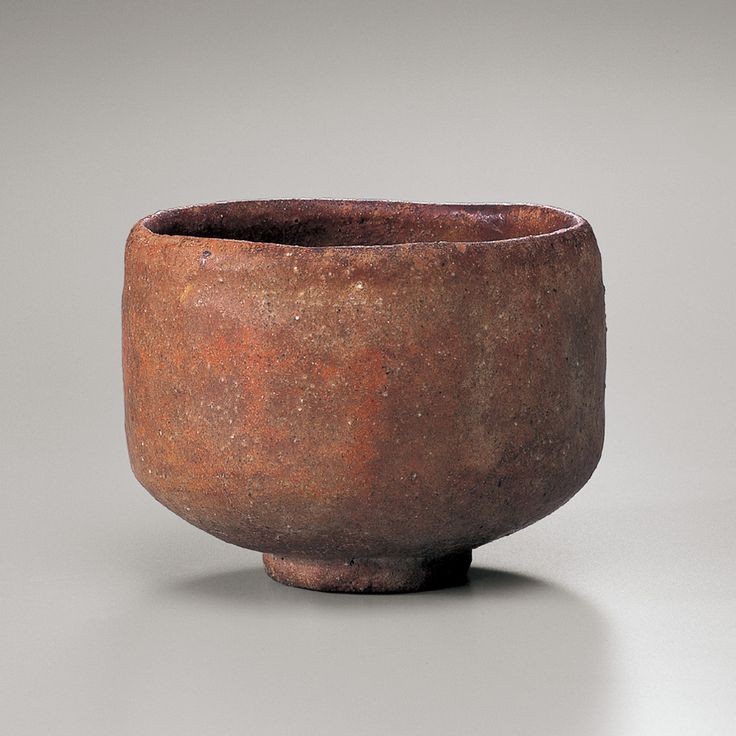Pavilion for Japanese Art
29 Mar - 07 Jun 2015

Chōjirō (Raku I)
Tea Bowl named 'Tarobo', 16th century, Red Raku ware
glazed ceramic, Urasenke Foundation
Photo: Masayuki Miyahara
Tea Bowl named 'Tarobo', 16th century, Red Raku ware
glazed ceramic, Urasenke Foundation
Photo: Masayuki Miyahara
PAVILION FOR JAPANESE ART
29 March – 7 June 2015
Raku tea bowls have been revered since their first appearance in 16th-century Japanese tea ceremonies. In the West, the term raku refers to a quick, low-fire technique for making ceramics. Few know that this method traces its history back to a Japanese family of potters or, more specifically, to the originator of the technique, Raku I (Chōjirō), who lived in the 1500s. Since then, a single person named Raku has represented each of the 15 generations, and Raku masters have produced vessels for each generation of Tea Ceremony teachers and their followers.
This exhibition comprises nearly 100 Raku masterpieces with examples from each Raku Master. Over half of the ceramic objects in the exhibition are tea bowls; there are two Registered Important Cultural Properties and one Registered Important Art Object. Other works include incense containers and burners, food utensils, water jars, and other objects used in the Japanese Tea Ceremony.
This exhibition will be the first of its kind ever held in the United States, and LACMA is its only U.S. venue. It was co-organized by the Los Angeles County Museum of Art, the Raku Museum and the Japan Foundation. Air transportation was provided by Japan Airlines.
29 March – 7 June 2015
Raku tea bowls have been revered since their first appearance in 16th-century Japanese tea ceremonies. In the West, the term raku refers to a quick, low-fire technique for making ceramics. Few know that this method traces its history back to a Japanese family of potters or, more specifically, to the originator of the technique, Raku I (Chōjirō), who lived in the 1500s. Since then, a single person named Raku has represented each of the 15 generations, and Raku masters have produced vessels for each generation of Tea Ceremony teachers and their followers.
This exhibition comprises nearly 100 Raku masterpieces with examples from each Raku Master. Over half of the ceramic objects in the exhibition are tea bowls; there are two Registered Important Cultural Properties and one Registered Important Art Object. Other works include incense containers and burners, food utensils, water jars, and other objects used in the Japanese Tea Ceremony.
This exhibition will be the first of its kind ever held in the United States, and LACMA is its only U.S. venue. It was co-organized by the Los Angeles County Museum of Art, the Raku Museum and the Japan Foundation. Air transportation was provided by Japan Airlines.
